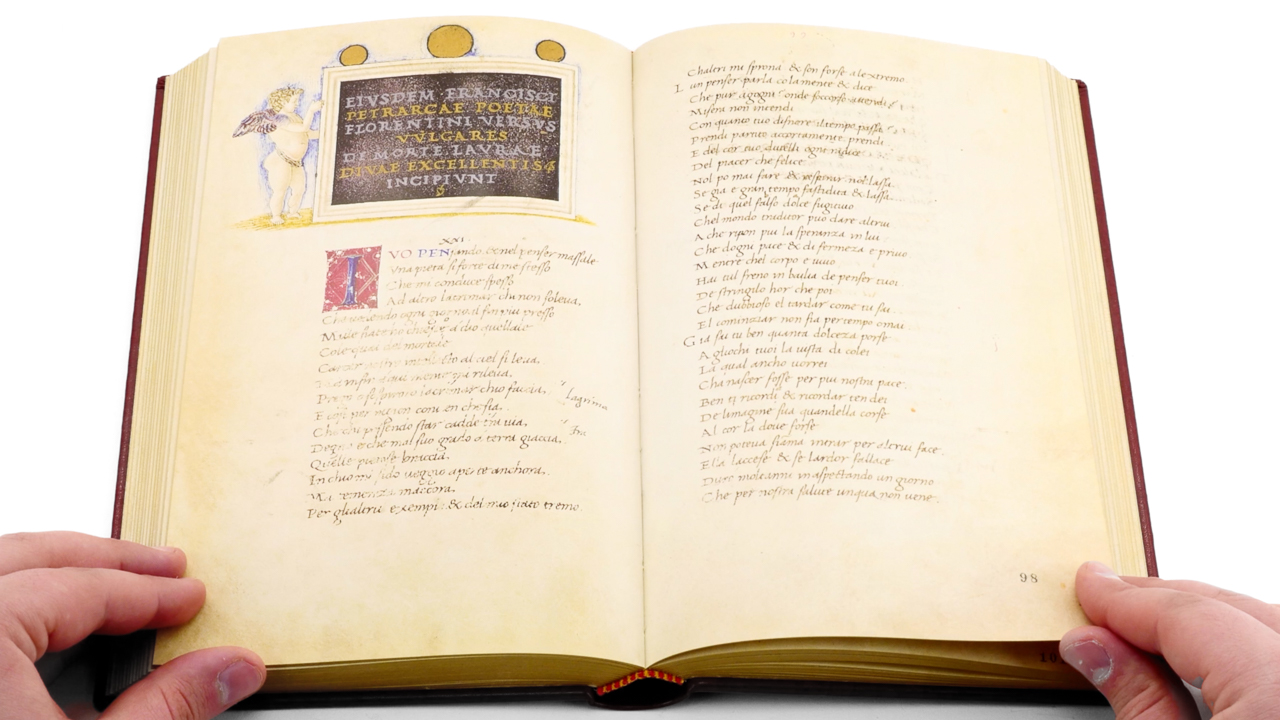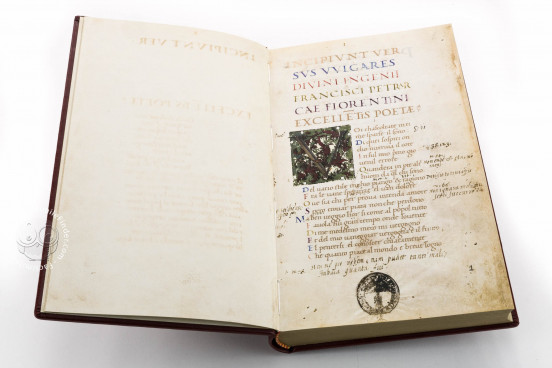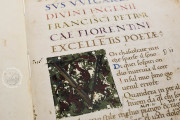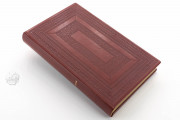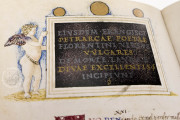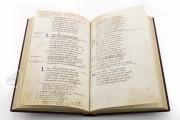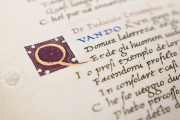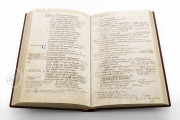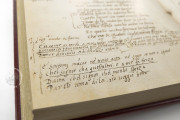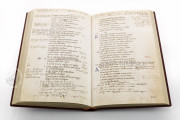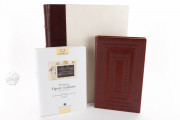The manuscript 924 kept in the Biblioteca Casanatense contains three works written by Francesco Petrarca, the Rerum Vulgarium Fragmenta also known as Canzoniere, Triumphi, and Rime Estravaganti. This codex is the exemplar closest to the autograph manuscript preserved in the Vatican, Vat. Lat. 3196.
The relevance of this manuscript Casanatense resides in the fact that it has a section of poems that have not be found in other codices. Although Petrarca did not sign the manuscript, the codex gather relevant texts including a version of the Triumphi that is close to the original copy.
Petrarca’s Works in Italian: A Manuscript Containing Unpublished Texts
During the restoration of the binding of the manuscript Casanatense, the conservator discovered two pages of parchment of extreme importance. This parchment displays three sonnets, a ballad, and a fragmentary poem, texts that were not known up to that moment.
Thus, these texts constituted a new addition to Petrarca’s corpus of works. Probably several scribes were at work on this manuscript. Finding inspiration in Late Antique manuscripts, the scribes used the Capital script to enhance the importance of certain passages.
The initial texts of the two parts of the Canzoniere, the opening of each chapter of the Triumphi, the obituary note dedicated to Laura and the epistle addressed to Giacomo Colonna, all these sections display an elegant Capital script in different colors. The rest of the manuscript is written in humanistic script typical of this period.
The Decoration of the Casanatense 924 Is Inspired to Antique Ornaments
The manuscript displays decorations that remind of the patterns used in Antiquity. The style of this decoration is related to the production of Ciriaco d’Ancona and Leon Battista Alberti, Pisanello, Jacopo Bellini, Mantegna and even the Humanist and scholar of writing and alphabet, the antiquary Felice Feliciano.
Opening the precious book of the Canzoniere, a large initial letter V in green and purple is embellished with bianchi girari, a white vine-stem border traditional in humanistic Italian manuscripts.
A variety of colors marks the beginning of relevant poems. The first sonnet is entirely written in gold. The initials of each book of the Canzoniere appears in light blue, while the initials of each chapter are illuminated.
We have 1 facsimile edition of the manuscript "Petrarch's Italian Works": Petrarca - Opere Italiane (MS Casanatense 924) facsimile edition, published by Franco Cosimo Panini Editore, 2006
Request Info / Price
